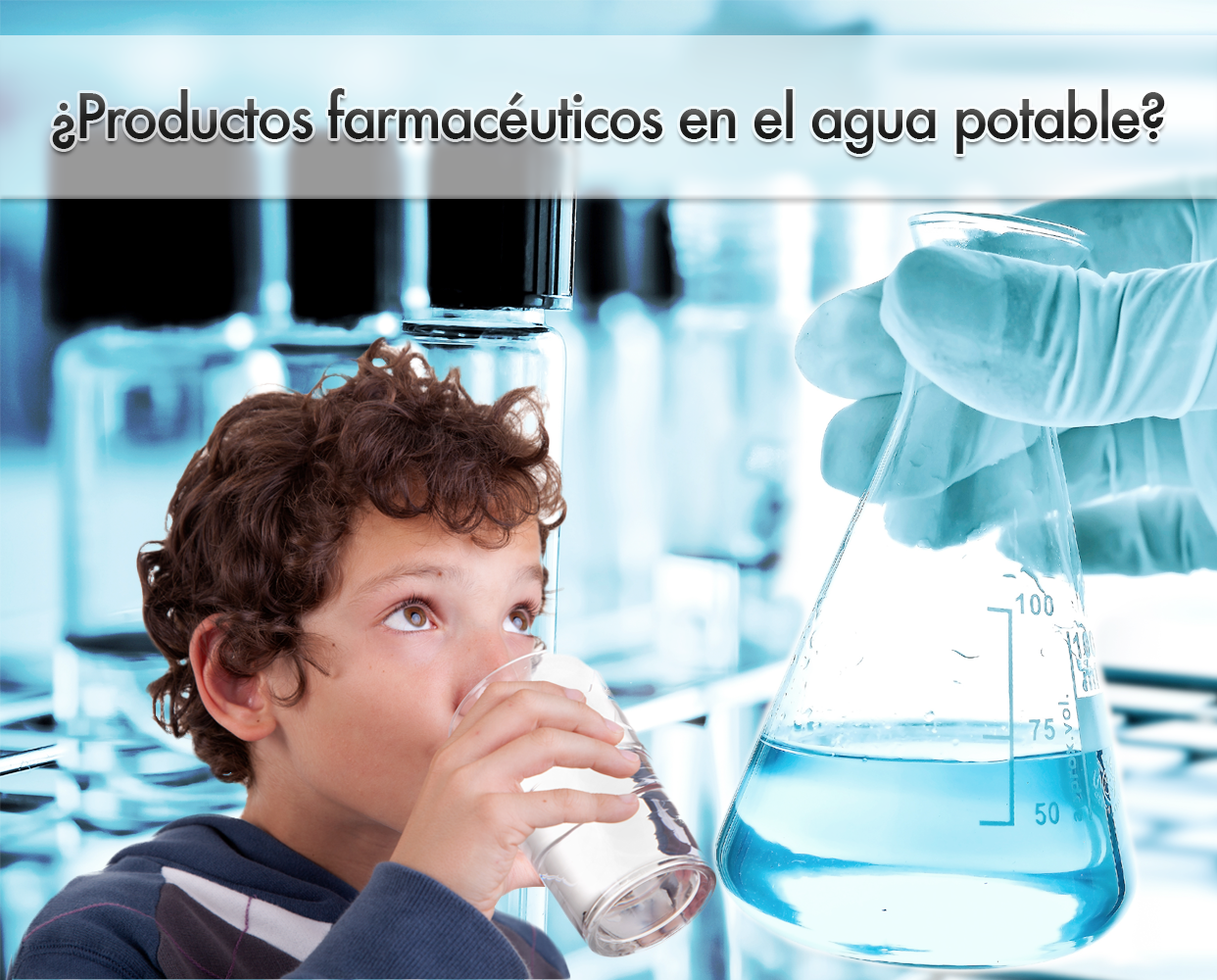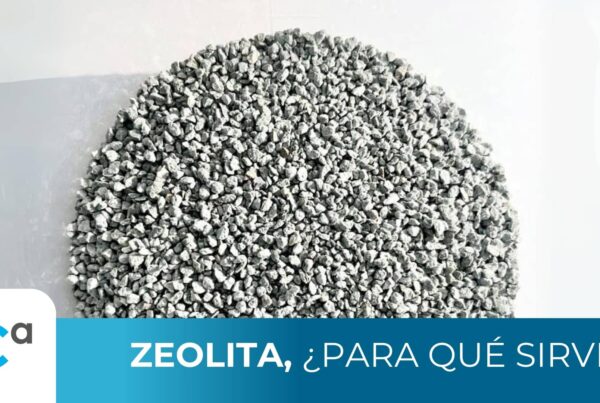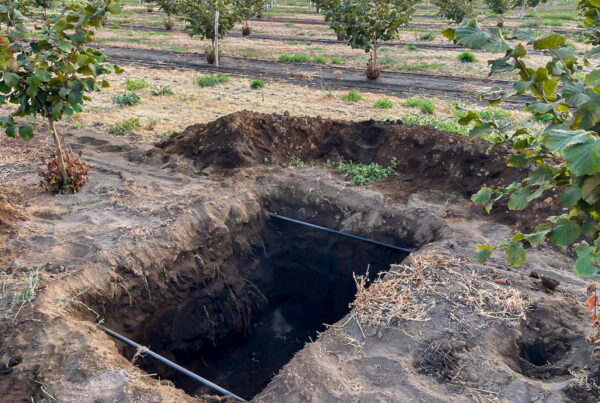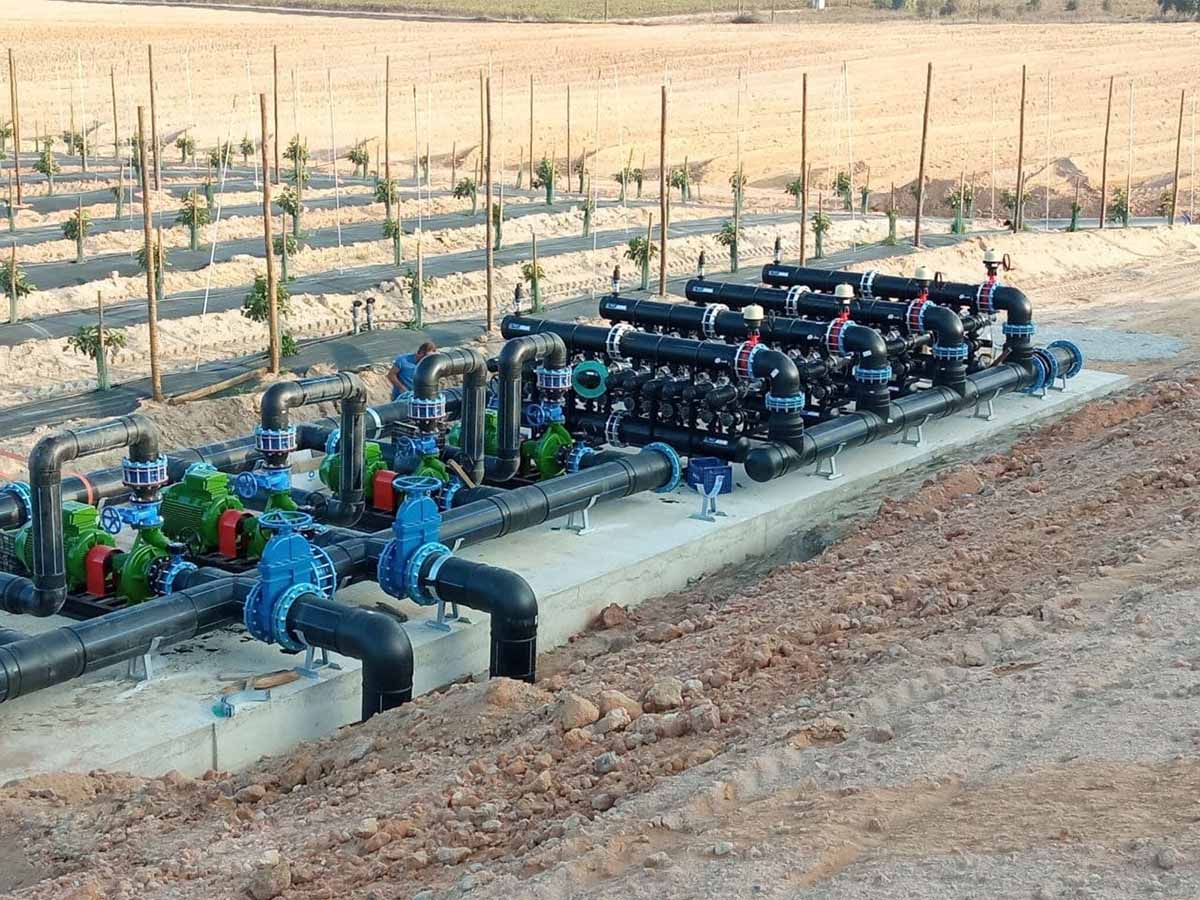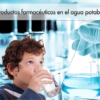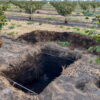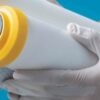Pharmaceuticals in the water?
In Mexico, problems have been detected with pharmaceutical contaminants or drugs in bodies of water as well as contamination in water wells.
Pharmaceutical contaminants in water
- A study conducted by specialists from the Tecnológico de Monterrey compiles findings of contaminants in rivers and oceans in different parts of the world, including microscopic concentrations of drugs and narcotics.
- Contaminants from human activities in water bodies have become a global environmental problem. Although the concentrations found are not very high, chronic exposure could have repercussions on human health.
- In Mexico, there are studies dating from previous years on this problem, although due to lack of updating they were not considered in the aforementioned research.
- The presence of these contaminants in the water cycle is a worldwide environmental and public health problem. The importance of developing technology for the removal of these contaminants in the drinking water treatment process is emphasized.
Contamination in water wells
- The presence of high levels of arsenic in water wells has increased in Mexico, from 17 entities in 2012 to 24 in 2018.
- High arsenic concentrations have been recorded in wells in several cities and states, including Guadalajara, La Paz, Hermosillo, Villa de Cos, Tlajomulco and in 6 of Mexico City’s 16 municipalities.
- Arsenic and fluoride have reached levels above the maximum allowable levels according to the World Health Organization in wells throughout most of the country.
- Only a fraction of the water treatment plants in Mexico are capable of removing arsenic or fluoride, and many of them are not in operation, which aggravates the problem of contamination in drinking water.
These findings indicate a growing concern for water quality in Mexico, both in terms of pharmaceutical contamination in water bodies and contaminants such as arsenic and fluoride in water wells, which represents a significant challenge for public health and water resource management in the country.
When a person requires a water purification system for domestic or commercial use that will be used for human consumption, the ideal is to let us know the origin of the water, and the results of the analysis of the most important parameters of potability (such as those indicated in the NOM-127-SSA1-1994 standard), determined by an accredited laboratory. With this information we can suggest the simplest purification system that guarantees the potability of the treated water.
Some contaminants, such as chlorine, can be removed with a very simple activated carbon purifier, but other contaminants, such as nitrates, fluorides, arsenic and metals, require a more complete treatment system.
If the water source is a lake or river and if there are populations near the lake or river, the water will most likely contain numerous contaminants harmful to health.
In recent years, concern has arisen about the presence of drugs or pharmaceuticals in water, which for some reason may reach groundwater or surface water bodies. This is mentioned in the WHO technical report summarized in the article in the following link:
http://www.who.int/water_sanitation_health/emerging/info_sheet_pharmaceuticals/es/
Although the report mentions that drug levels in drinking water are usually too low to affect human health, a number of researchers have found that these (parts per billion) can seriously affect human cells. In fact, as the article mentions, there are a large number of substances that affect human health at very low doses.
The problem of groundwater contamination with drugs is an emerging issue of environmental and public health concern. This phenomenon occurs when residues of drugs and pharmaceuticals reach groundwater, an important source of drinking water. The general steps leading to this contamination are as follows:
Source of contamination
- Use and disposal of medicines: Human and animal consumption of medicines is the starting point. Medicines are not always completely metabolized in the body and can therefore be excreted and reach wastewater in the form of active residues.
- Improper disposal: In addition, improper disposal of medications, such as flushing them down the toilet or drain, contributes directly to their entry into the wastewater system.
Contamination process
- Wastewater treatment: Wastewater, which may contain drug residues, is generally treated in wastewater treatment plants. However, many treatment systems are not designed to completely remove pharmaceutical compounds.
- Infiltration into the subsoil: After treatment, the water may be released into the environment, where pharmaceutical residues may infiltrate into the subsoil and contaminate groundwater.
- Agricultural and hospital contamination: Agricultural practices (such as the use of wastewater for irrigation) and hospital waste are also sources of pharmaceutical contamination of groundwater.
Impact on drinking water
- Groundwater extraction: Groundwater is a common source of drinking water. When contaminated, pharmaceutical compounds can be extracted along with the water.
- Purification limitations: Some drinking water purification systems are not equipped to completely filter out pharmaceutical residues, allowing these compounds to reach the drinking water supply.
Risks and concerns
- Health effects: Although concentrations are usually low, prolonged exposure to trace amounts of drugs in drinking water may have unknown effects on human health.
- Environmental impact: Drug residues in water can affect aquatic life, altering ecosystems and affecting the food chain.
Potential solutions
- Improve wastewater treatment systems: Develop and adopt technologies capable of eliminating pharmaceutical waste.
- Proper disposal practices: Educate the public on safe disposal of medications to minimize their entry into the water system.
- Monitoring and regulation: Increase groundwater monitoring and establish stricter limits for pharmaceutical contaminants.
For all of the above reasons, the technology we recommend to guarantee the potability of the water is reverse osmosis. Especially if there are children, elderly or immunocompromised persons in the household.
More information about reverse osmosis can be found at the following link: https://carbotecnia.info/encyclopedia/que-es-la-osmosis-inversa/

